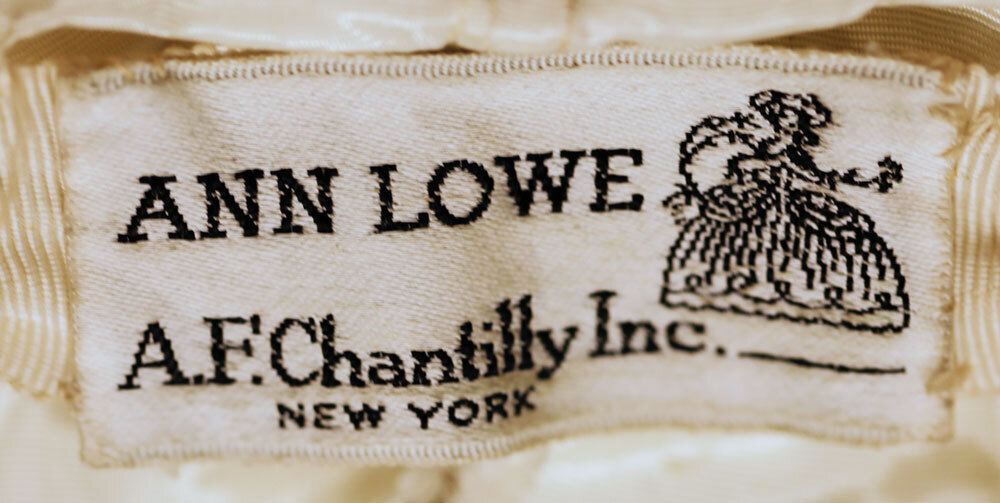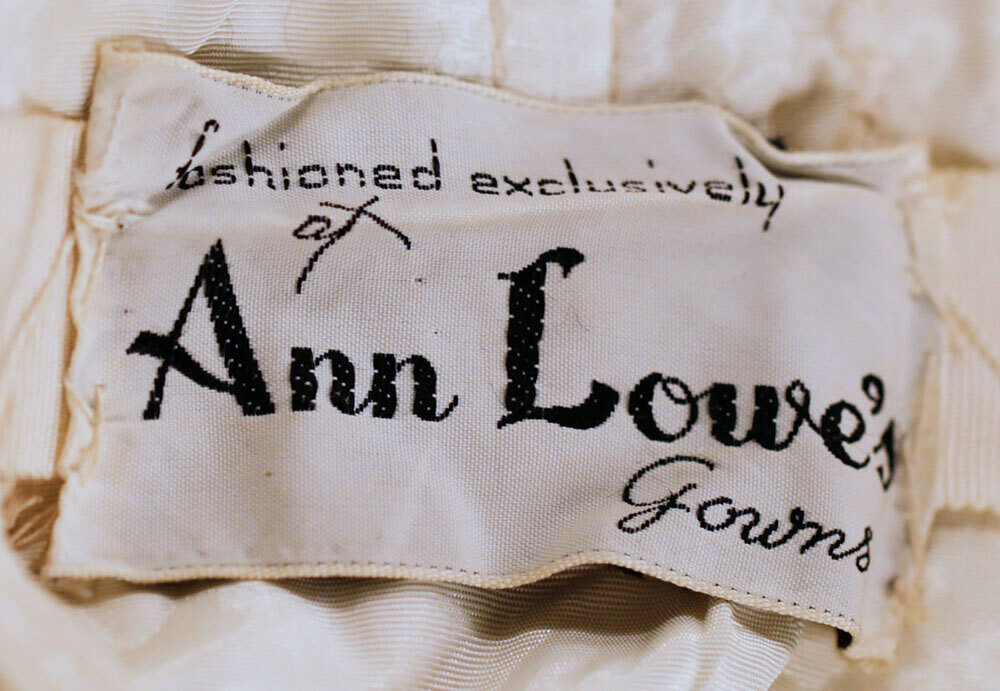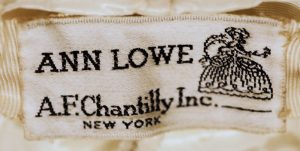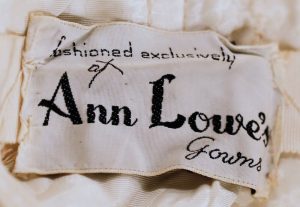Ann Lowe (1898-1981) was the first African American woman to become a notable fashion designer. She was popular among high society American women from the 1920s to the 1960s and is best known for creating Jacqueline Kennedy’s taffeta wedding dress.
Born in rural Alabama, Ann’s mother and grandmother ran a dressmaking business. At age 16, her mother passed away and Lowe took over operations. Lowe enrolled in design school in 1918. The school was segregated, so she had to attend school in a room alone. She soon rose above the other students and was able to graduate after only six months. Lowe’s first dress salon, in Florida, quickly became a success.
Arriving in New York to set up a workspace just ahead of the Great Depression, she struggled to attract patrons. With her finances soon depleted, she began working for other designers including Hattie Carnegie, and Sonia Gowns, Inc. These connections allowed her to meet affluent clients who appreciated her unique designs and quality craftsmanship.
In 1946, Lowe designed the dress that Olivia de Havilland wore to accept the Academy Award for Best Actress for To Each His Own, although the name on the dress was Sonia Rosenberg (the store) as Lowe was not getting credit for her work at the time.
She opened a salon on Lexington Avenue in 1950 and was extremely selective about who wore her dresses. In 1953, Lowe created the wedding dress for Jackie Bouvier. The dress, which cost $500 (approximately $5,000 today), was described in detail in The New York Times’s coverage of the wedding. While the Bouvier-Kennedy wedding was a highly publicized event, Lowe did not receive public credit for her work on it until years later.
Lowe eventually gained recognition and received the Couturier of the Year award in 1961. Design elements for which she is known include fine handwork, signature flowers, and trapunto technique.
In 1964, the Saturday Evening Post called Lowe “society’s best kept secret”. During a 1965 appearance on The Mike Douglas Show, Lowe said that her greatest motivation was simply “to prove that a Negro can become a major dress designer.” She retired in 1972 after losing her sight and passed away nine years later. Her designs are currently held in a number of American museums and were included in the Met Museum’s 2022 ‘In America: An Anthology of Fashion’ exhibit.
Also see the Featured Designers profile of Ann Lowe.
Written by Síne McEllin of Ian Drummond Collection
from a 1950s dress
Courtesy of the Collection of the Smithsonian National Museum of African American History and Culture, Gift of the Black Fashion Museum founded by Lois K. Alexander-Lane



